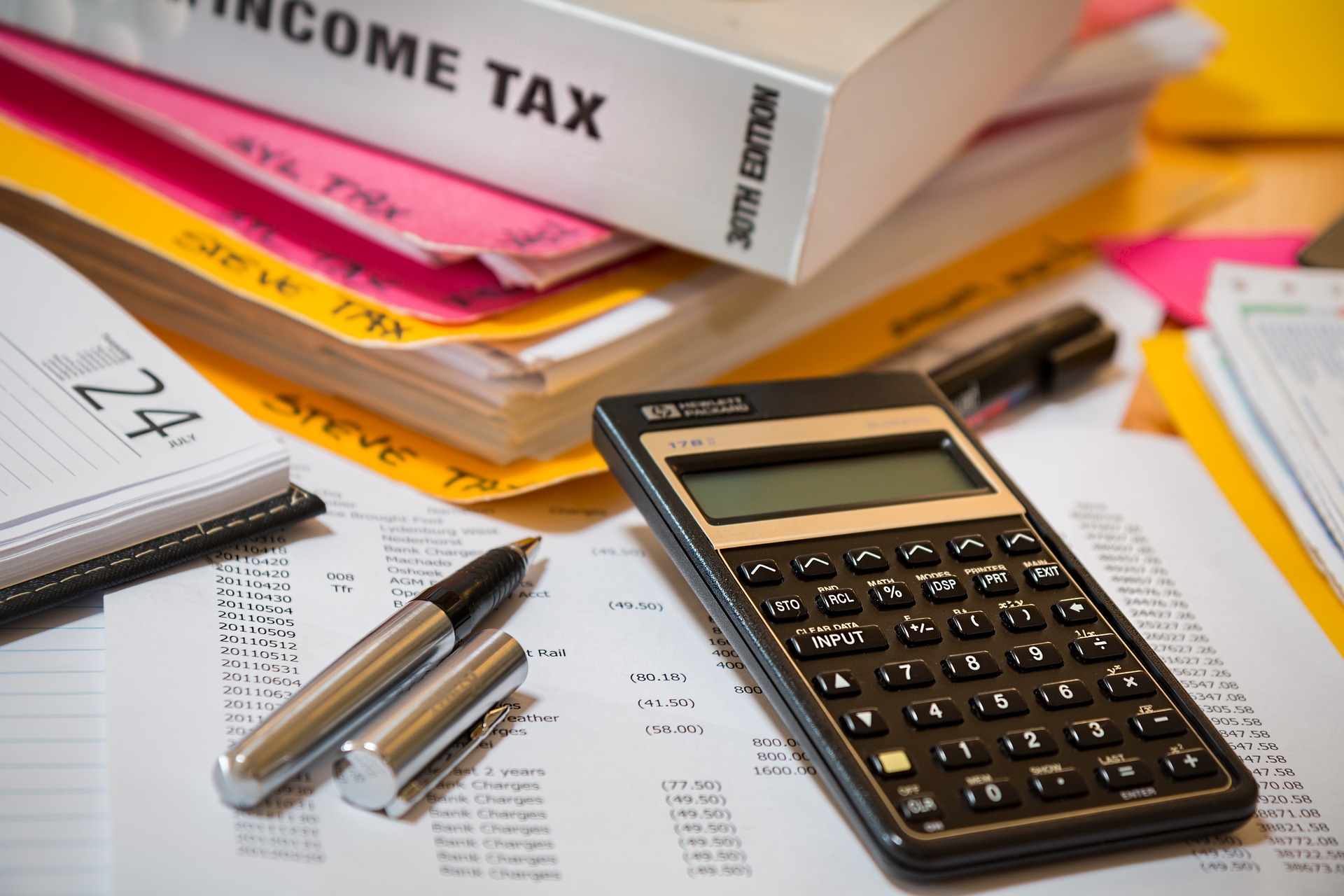Collecting coins also needs some expertise. You will not simply grab or pinpoint an old coin that will be added to your collection, especially if you take it seriously. Aside from researching, reading or studying currencies, you also need to know how to grade it. There are professionals, whose job is to check the grade of your coin. But, it is not that easy to trust these people because they may not tell you the exact grade, especially when they are interested in getting this coin from you.
For example, you came to an expert for grading because you would like to sell this coin. Of course, you will allow this person to grade these old gold coins. Now, if he would like to buy it from you, then he may lie about the real score to decrease the actual value. He may tell you that the grade is lower than what you are expecting to hear. Through this, he can pay you a cheaper price and he may resell it at a higher value. This is actually a cheating strategy that some professionals do. Now, if you can learn how to do the grading, then it would greatly benefit you.
Grading an old coin may require you to use various techniques or tools. You may not be consistent enough when it comes to evaluating old coins. But, you just need to learn the right ways and boost your experience. Remember that as a collector, it would be a big factor, if you can determine the worth or value of the coin you had been collecting. So, we have here a few things for you to consider when you are grading it yourself.
What to prepare
You need to prepare a magnifying glass with a 3 – 7x strength. This tool would be very helpful in getting a closer look at the coin. Through this, you would be able to see every detail on the obverse and reverse side of the coin.
It would be great if you could have a book about coin grades. You will need sample images of coins, showing different signs, which causes the value to decrease. For example, a picture of a coin that worn out or damaged. But, make sure that the book must be written by individuals, who follow the coin grading standards set by certified organizations like the American Numismatic Association or ANA.
Professionals, who are in the field of grading coins are very much familiar with numismatics. Now, as a coin collector, you also have to read more about this to know why or how your activity is linked with it.
Coin Grades
Learning about coin grades is a skill that you have to possess for your own advantage. This is what you need to practice and master. The grade will determine if the collectors, investors or dealers would accept the coin or not. Coins with a P, F, AG and G, which stand for poor, fair, about good and good are graded with an indistinguishable design. If you insist on collecting this, then you may just keep it though the specimen is not really fine. Now, if your coin would be graded with a VG or very good, then it means that the design is worn. But, if you look at it in general. It still looks attractive because it does not have gouges or mutilations.
Be very careful with another F grade, but this time it stands for a fine grade. This is considered a highly readable grading because it still has a clear design, though it may have been slightly worn. Collectors would surely desire and find these attractive. The VF grade or very fine means that the coins have slightly worn and then, the design, dates and mint marks are very clear.
For an XF or extremely fine grade, check on the design’s high points because if this is the only part that has worn, then it is said to have an XF. Lastly, we have the AU, U, CU and GU, which stand for uncirculated, uncirculated choice uncirculated and gem uncirculated. These coins are said to be beautiful because it may have not worn at all or just have just worn very lightly.



